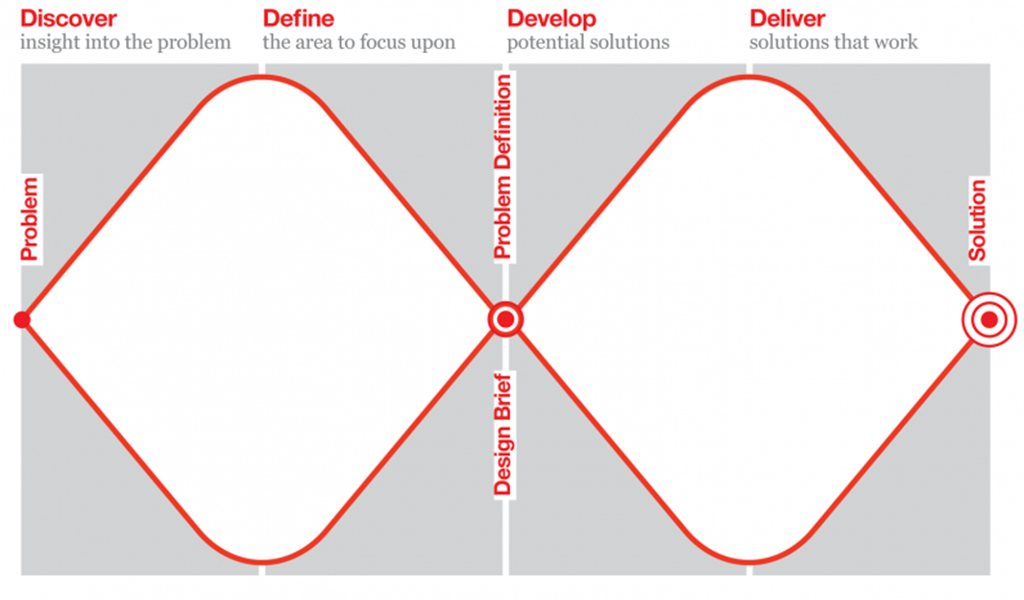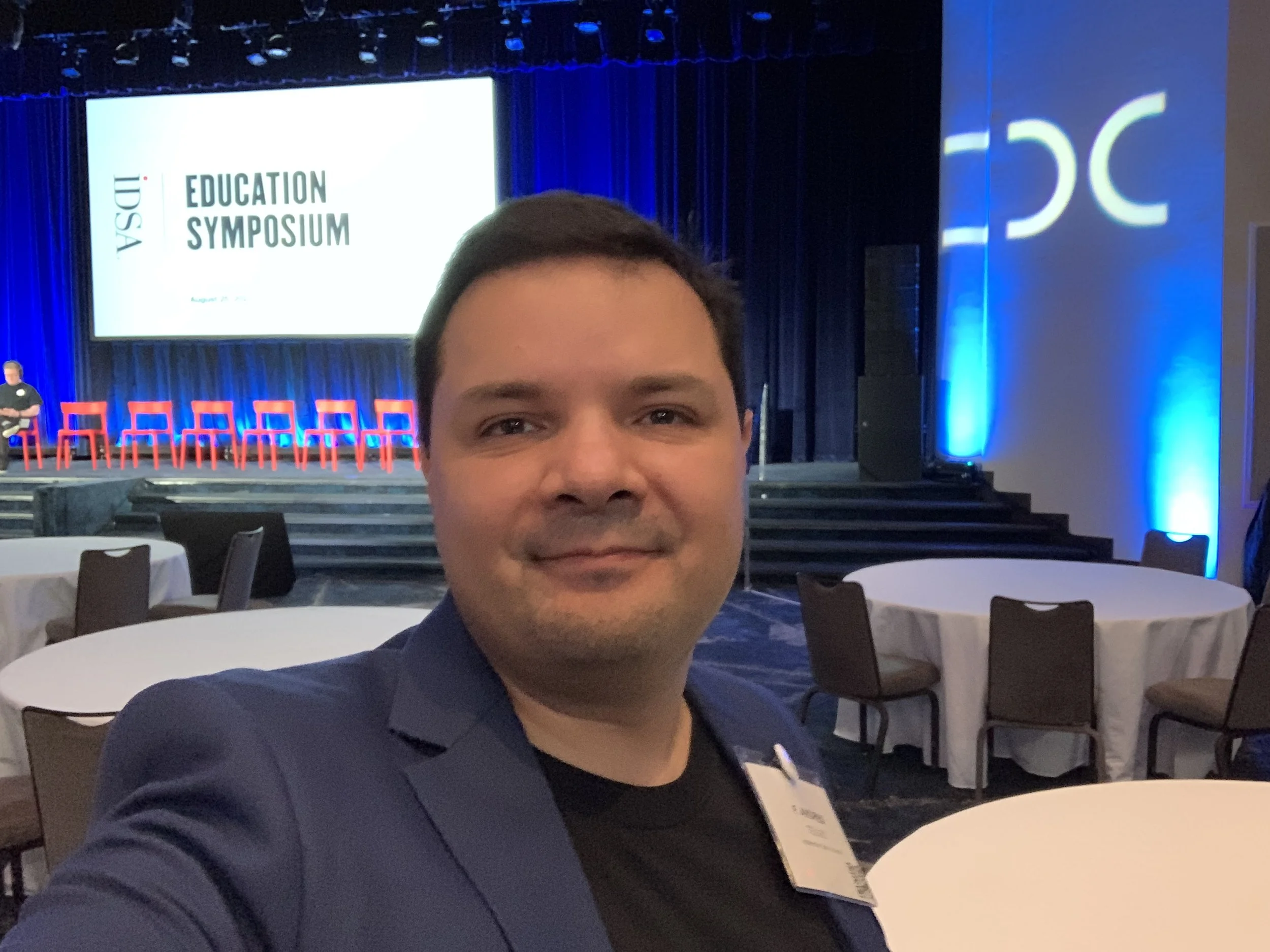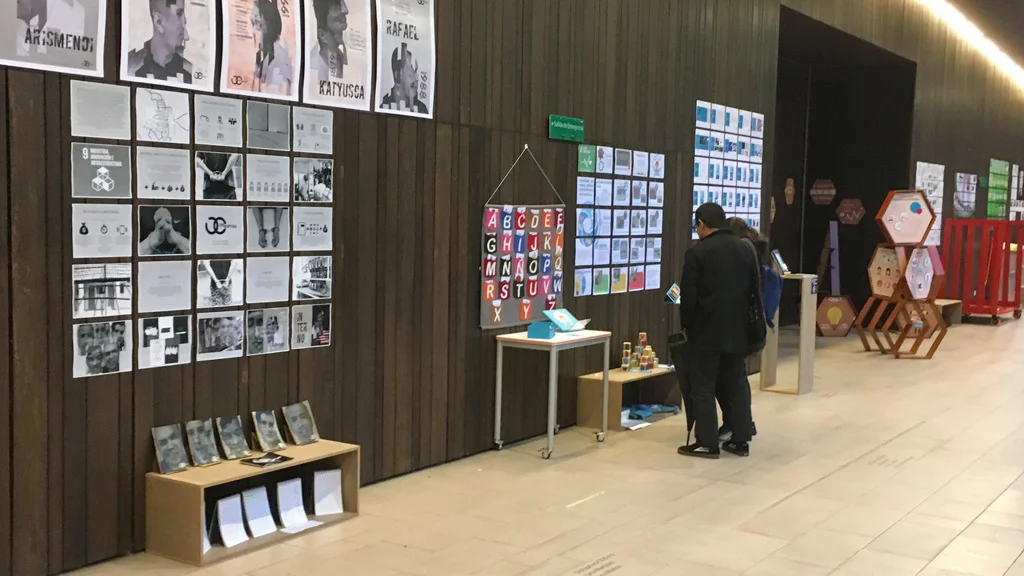The students of my studio “Design for Sustainability” presented their final projects at the exhibit hall of the Faculty of Arts and Design (Universidad Jorge Tadeo Lozano, Module 20) on May 13-16, 2019. Their projects aimed at contributing to achieve the UN’s Sustainable Development Goals (SDGs) identified by the World Design Organization as particularly relevant to the industrial design community.
SDGs relevant to the Industrial Design community according to the World Design Organization.
As industrial designers, we are first and foremost citizens and members of a large and interconnected group of diverse communities for—and with—whom we design. We have the skills to understand and emotionally connect with people's situations, needs, aspirations, and dreams. We can think in terms of systems, see meaningful connections, and understand the ramifications of our actions as designers. We are trained to propose innovative solutions to everyday challenges and improve people's quality of life.
Considering the many skills that we have as the designers, the “Design for Sustainability” studio proposed the use of these abilities to address the most significant challenges of our time—like those identified by the UN’s SDGs—and propose ideas and solutions to strengthen our communities and promote sustainable lifestyles from a design approach.
Double diamond model of design proposed by the British Design Council. Image: https://www.designcouncil.org.uk/news-opinion/design-process-what-double-diamond
In this project, students followed a design process guided by the Double Diamond model of design proposed by the British Design Council, which is characterized by having two moments: finding the right problem to address (design research) and creating an appropriate solution to that problem (design development). This model includes the actions and mindsets required to propose a design solution that is informed and inspired by people’s experience (Human-Centered Design). In this model, divergent and convergent thinking are used alternately through a series of four iterative phases: Discover, Define, Develop, and Deliver. In this studio, these four phases guided the learning process and organized the activities that students conducted throughout their projects.
In the exhibition, students presented a visual synthesis of the process they followed along with the models and prototypes that they created to materialize, share, and test their ideas. Also, the exhibition was an opportunity for them to develop various communication skills required to effectively convey their ideas and reflections regarding design and sustainability.















